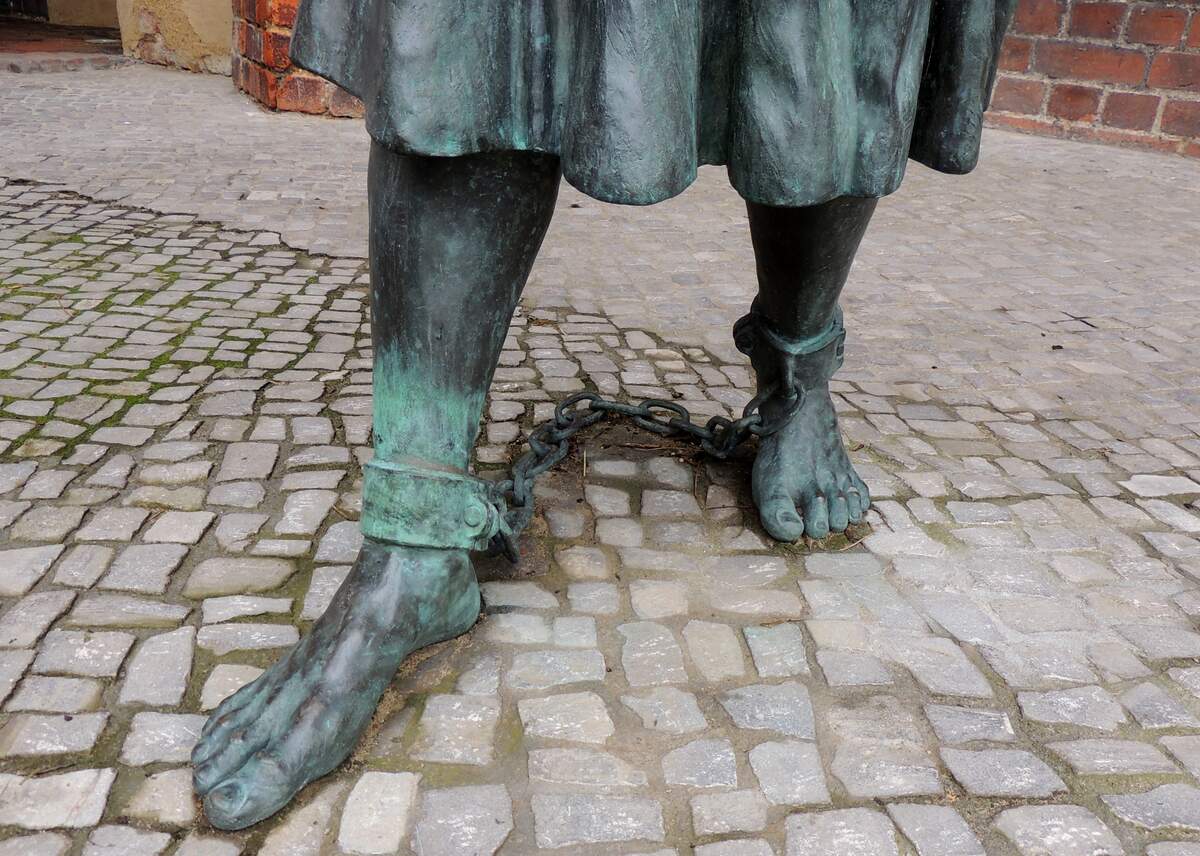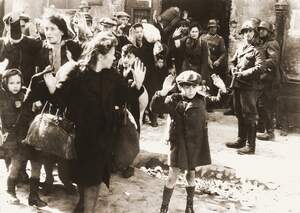

International Day for the Remembrance of the Slave Trade and its Abolition
Observed
annually on August 23rd (since 1998)
Dates
Founded by
Hashtags
#InternationalDayForTheRemembranceOfTheSlaveTradeAndItsAbolition
#DayForTheRemembranceOfTheSlaveTradeAndItsAbolition
Sources
http://www.unesco.org/new/en/social-and-human-sciences/themes/slave-route/right-box/related-information/23-august-international-day-for-the-remembrance-of-the-slave-trade-and-its-abolition/
https://en.wikipedia.org/wiki/Haitian_Revolution#1791_slave_rebellion
https://en.wikipedia.org/wiki/The_Slave_Route_Project
https://www.timeanddate.com/holidays/un/international-day-remembrance-of-slave-trade-and-its-abolition
The International Day for the Remembrance of the Slave Trade and its Abolition was established by the United Nations Educational, Scientific and Cultural Organization (UNESCO) in a 1997 resolution, and it was first observed in 1998. The day is meant for people to reflect on "the historic causes, the methods, and the consequences of the slave trade". The day of August 23 was chosen, as it was on this day in 1791 that the slave uprising that led to the Haitian Revolution took place. The Haitian Revolution saw the throwing off of chains by slaves on the French colony of San Domingue, which was located on the island of Hispaniola. This event marked a watershed moment in the eventual destruction of the international slave trade. The Transatlantic Slave Trade, which brought slaves to the Americas from Africa, and goods back to Europe, and slavery itself, lasted well into the 19th century. In the United States, the slave trade was banned in 1808, and slavery was abolished throughout the whole country by the passage of the 13th Amendment in 1865, following the Civil War. Here is a timeline of the banning of the slave trade and slavery throughout the world.
How to Observe International Day for the Remembrance of the Slave Trade and its Abolition
The UN invites people all around the world to organize events centered on the day's theme. Artists may show their resistance to slavery by performances in music, dance, and drama. Educators may inform on the slave trade, and promote human rights, while groups such as non-governmental organizations may work to educate society as well.
Besides participating in events, individuals may observe the day by learning more about the slave trade and about UNESCO's slave route project. The International Slavery Museum could be read about or visited. Films dealing with the slave trade, such as Amistad could be viewed.





















